

Joy
Soaking in the Fragrance of Books
Bathing in Classics
Reading

Compendium of Materia Medica
A Masterpiece of Natural History

Overview of the Entire Book

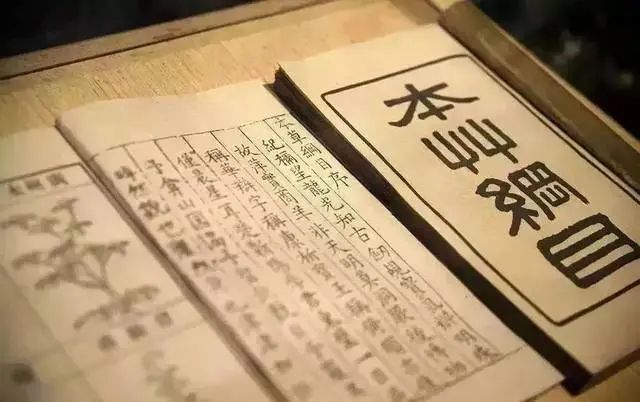
The Compendium of Materia Medica consists of 16 volumes and 52 chapters, totaling approximately 1.9 million words. The first and second volumes provide an introduction divided into 33 topics, detailing over 40 materia medica works prior to the Ming Dynasty, outlining the general development of Chinese materia medica, and listing the medical literature and bibliographies referenced. It systematically discusses the theories of traditional Chinese medicine (TCM) regarding the properties, uses, and classifications of herbs, including their toxicities, effects, and preparation methods.
Volumes 3 and 4 focus on the “Medicinal Herbs for Treating Various Diseases,” categorizing herbs based on disease names and TCM patterns, providing a concise manual for clinical application.
Volumes 5 to 52 discuss individual herbs, compiling 1,518 types of herbs, with an additional 374 new entries, totaling 1,892 types, including 1,195 plant species. The book also includes over 11,096 ancient prescriptions and more than 1,100 illustrations of medicinal herbs.
The title of the Compendium of Materia Medica is believed to have been inspired by Zhu Xi’s Comprehensive Outline of Historical Records. Legend has it that after completing the work, Li Shizhen struggled to find a title until one day, upon returning from a consultation, he saw the book on his desk and was inspired to write the title on the cover.


Structural Framework

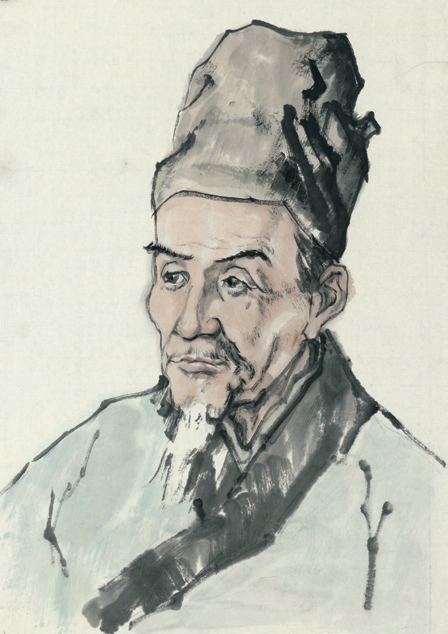
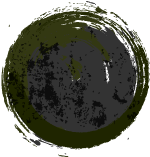
1
Accumulation of Materia Medica Knowledge
The knowledge of materia medica is a continuously accumulating process, with previous works being referenced by later generations. The Compendium of Materia Medica inherits the structure of major materia medica texts, indicating sources and medicinal anecdotes, preserving a wealth of lost literature, and serving as an important reference for future studies.
Li Shizhen referenced a vast array of literature, claiming to have consulted over 800 works. Modern scholars have verified that the Compendium of Materia Medica cites 401 medical texts, with 992 references in total.
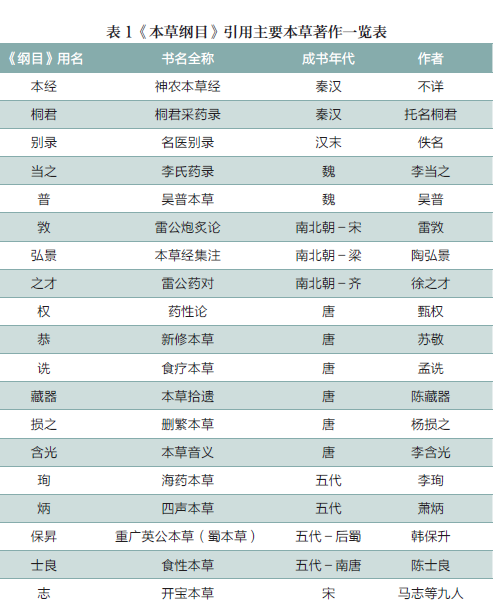
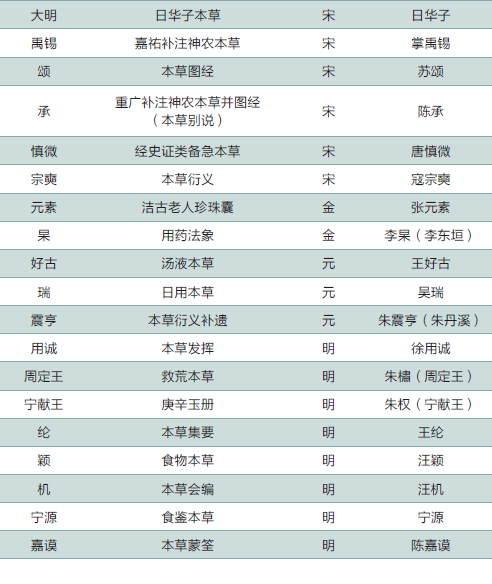

2
Detailed Discussion of Medicinal Herbs
In discussing each herb, the Compendium of Materia Medica includes sections on nomenclature, collection, preparation, properties, main uses, discoveries, corrections, and associated prescriptions, enriching the knowledge of materia medica.
Nomenclature: Lists alternative names and explains their origins. For example, Glycyrrhiza (Licorice) is noted for its various names and its importance in herbal formulations.
Corrections: Addresses errors in previous texts, clarifying distinctions between similar herbs.
Collection: Discusses the origins, morphology, cultivation, and harvesting of herbs.
Preparation: Describes methods of processing and preserving herbs.
Properties: Discusses the four qi (cold, hot, warm, cool) and five flavors (spicy, sweet, sour, bitter, salty) of herbs.
Main Uses: Lists the primary diseases treated by each herb.
Discoveries: Shares insights on the pharmacological effects of herbs.
Associated Prescriptions: Provides various formulas that include the herb.
These sections collectively enhance the understanding of herbal medicine and its applications.
The Compendium of Materia Medica has absorbed the essence of previous materia medica works, correcting past errors and supplementing deficiencies, making it the most systematic, complete, and scientific medical work in China up to the 16th century.
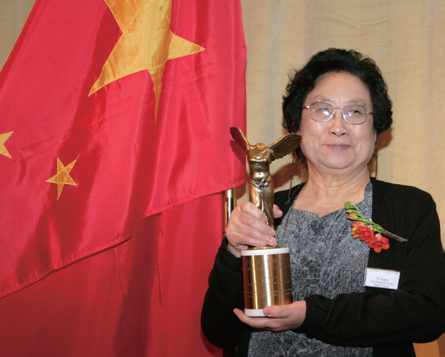
Its rich content encompasses language, literature, history, astronomy, geography, geology, mining, biology, and chemistry, making it a comprehensive work of natural history.
Renowned scholar Joseph Needham praised the Compendium of Materia Medica as the greatest scientific achievement of the Ming Dynasty.


Academic Achievements

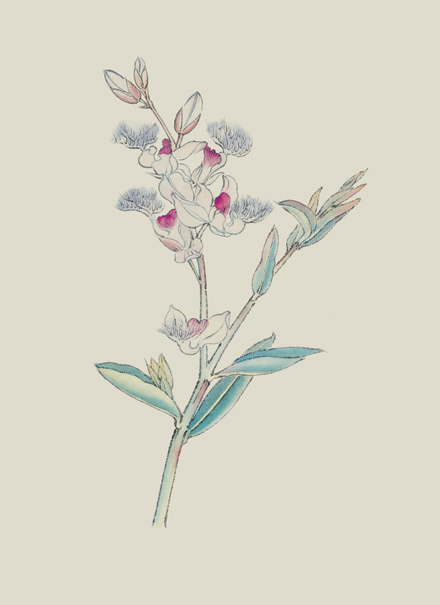
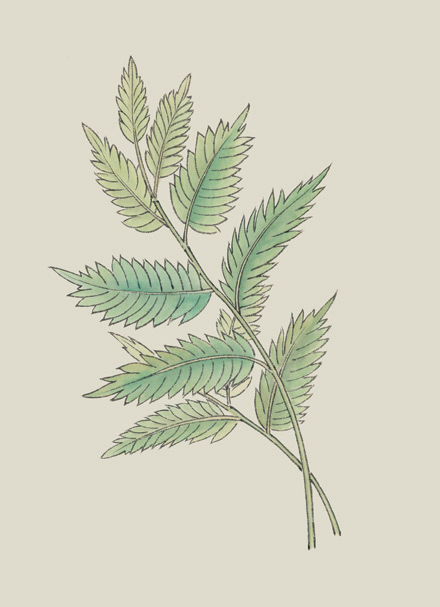
The main academic contributions of the Compendium of Materia Medica are reflected in pharmacology, medicine, botany, zoology, mineralogy, and linguistics.

1
In Pharmacology
① Systematically organized the pharmacological achievements prior to the Ming Dynasty, preserving a wealth of ancient pharmacological literature and supplementing many experiences obtained through interviews and personal practice.
② Provided detailed discussions on the origins, properties, ecological environments, medicinal parts, harvesting times, qualities, and applications of each herb.
③ Corrected numerous errors in previous materia medica texts, documenting over 70 corrections and clarifying the classification of many herbs.
④ Enhanced the theory of medicinal properties, summarizing essential pharmacological knowledge.

2
In Medicine
① Proposed many medical insights, such as the relationship between the spleen and pancreas, and the concept of the “mingmen” (life gate).
② Discussed gallstone disease with modern consistency.
③ Critically examined the absurd practices of alchemists seeking immortality through the consumption of minerals.
④ Emphasized dietary therapy, discussing the health benefits of fruits, vegetables, and medicinal foods.
⑤ Summarized preventive medicine knowledge, documenting 83 preventive measures against epidemics.

3
In Botany
① Provided detailed descriptions of plant origins, morphology, and identification, serving as a valuable reference for modern botanical research.
② Classified plants into five categories based on morphology and ecology, closely resembling modern scientific classification.

4
In Zoology
Documented over 400 animal medicines, including rare species, with in-depth studies on their morphology, habitats, and behaviors.

5
In Mineralogy and Chemistry
Documented knowledge of metals, minerals, and inorganic chemistry, reflecting the chemical knowledge of the time.

6
In Linguistics
Examined the origins and evolution of medicinal names, referencing over 20 ancient texts, contributing significantly to the study of linguistics.
Of course, the book also contains some errors due to the limitations of contemporary knowledge and technology, but these do not diminish its remarkable achievements.


References
[1] The Origin of the Title of the Compendium of Materia Medica. Modern Distance Education in Traditional Chinese Medicine. 2013, (3): 55.
[2] Zhang Zhibin, Zheng Jinsheng, Li Qiang, et al. Research on the Approval of Cited Medical Texts in the Compendium of Materia Medica [J]. Journal of Beijing University of Chinese Medicine, 2014, 37(10): 667-671.
[3] Compilation Committee of Chinese Materia Medica, National Administration of Traditional Chinese Medicine. Chinese Materia Medica (Volume 1) [M]. Shanghai: Shanghai Scientific and Technical Publishers, 1999.


 Author: Chen Renshou, Source: China Food and Drug Administration Journal
Author: Chen Renshou, Source: China Food and Drug Administration Journal
Journal of Exploration in Rational Drug Use
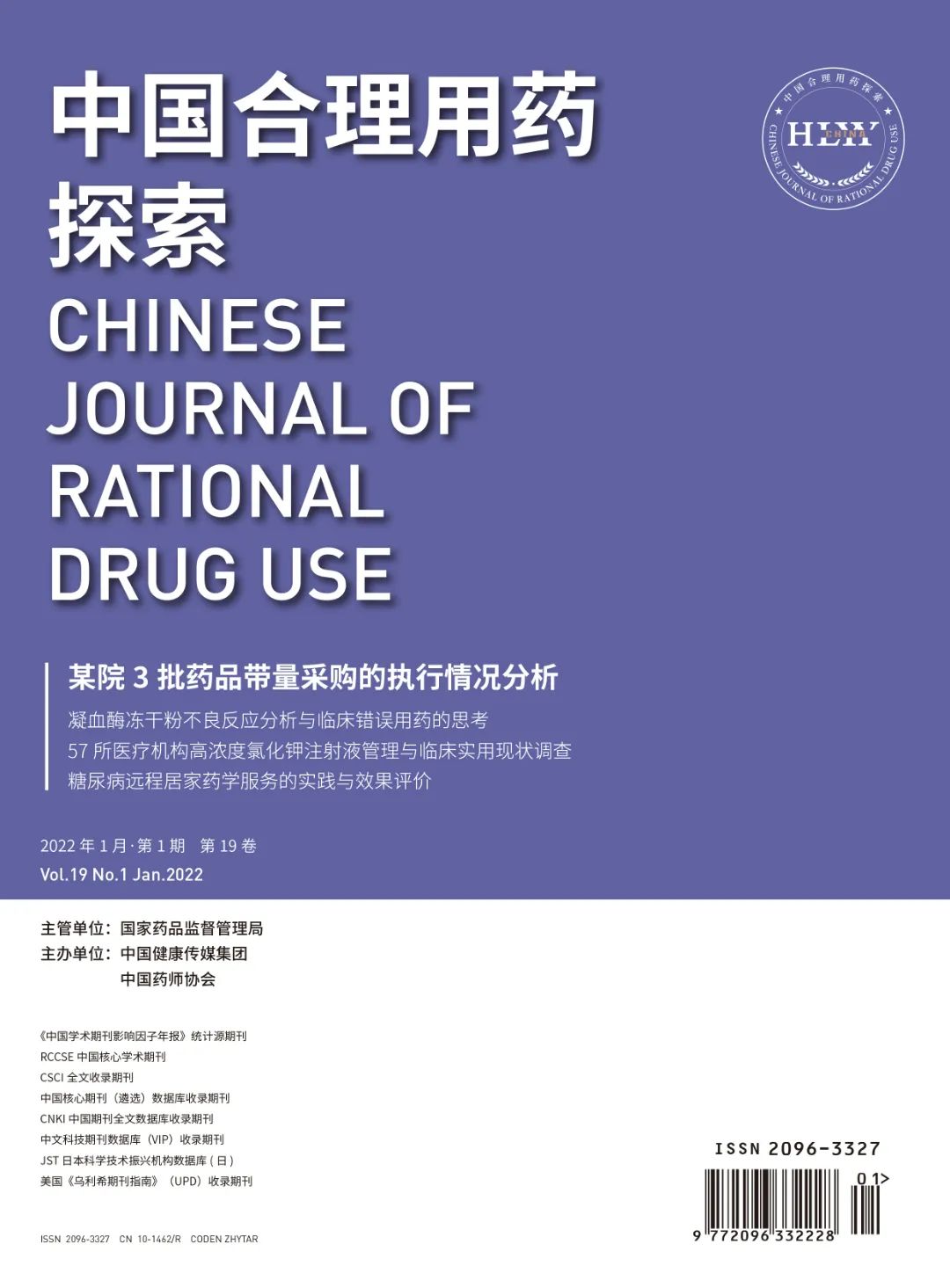
Former Name:Journal of Chinese Pharmacists
Publication Frequency:Monthly
ISSN:2096-3327
CN:10-1462/R (Former CN: 11-5132/R)
Publication Location:Beijing
Founded:2003
The Journal of Exploration in Rational Drug Use (formerly Journal of Chinese Pharmacists) was founded in 2003 and is a professional academic journal supervised by the National Medical Products Administration and co-hosted by China Health Media Group and the Chinese Pharmacists Association. It is a core academic journal in China and is included in various databases.

